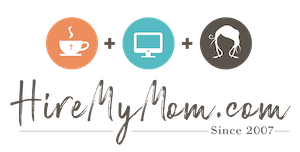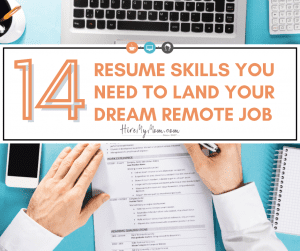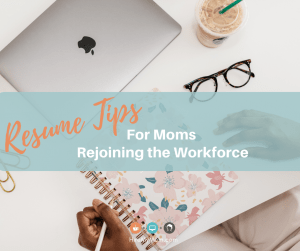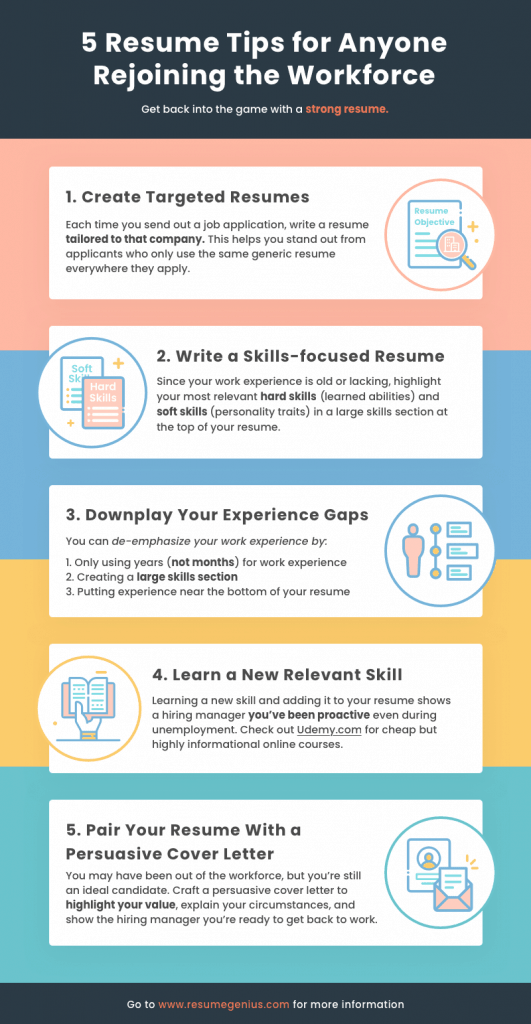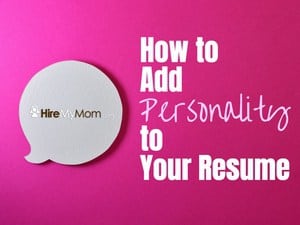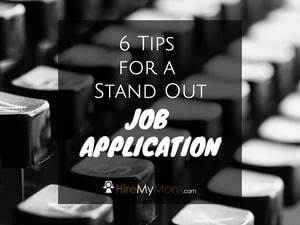5 Job Search Tips to Get Hired During the COVID-19 Pandemic
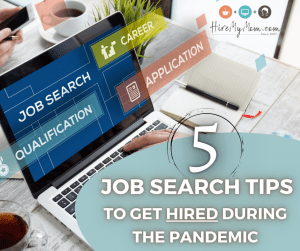
Guest Contributor: McLean Mills
Winter is headed out! And unlike Game of Thrones, it’s not the night walkers that everyone’s afraid of – it’s the second coming of the coronavirus and how it’ll stiffen job opportunities in 2021. With many employers taking their workforce virtual during this pandemic, so too has much of the hiring process.
Many Employers have taken all of their hiring efforts virtual and the skills they value in employees have heavily shifted as well due to the pandemic. To really optimize your chances of finding a job this new year, you’ll need to adjust your game plan to account for this unique job search landscape. Here are 5 tips to keep in mind:
1. Prepare for the virtual interview marathon
Virtual interviews are the new normal. To truly optimize your hiring chances, it’s no longer good enough to simply have a laptop with a cam ready. With the likelihood of tons and tons of virtual interviews headed your way, you’re going to want to optimize your setup and use top of the line equipment. This means a quality webcam, clear microphone, and professional office background behind you.
Of course, getting the right equipment is just the first step, performing well during your virtual interview is where it gets tough. You’ll want to become an expert with all the popular video conferencing software employers typically used. Practice beforehand with a friend or family member so you’ll really have things under control. Also avoid typical pitfalls like:
- Avoiding eye contact by mistakenly looking at your computer screen and not the webcam
- Accidentally sharing your screen instead of activating your webcam
- Bad camera angle and focus
- Messy background and poor background lighting
- Poor connectivity and buffering issues
Though usually not necessary, you’ll also want to be prepared to share your screen. Depending on the situation, you never know if it may be beneficial for you to give employers a live performance of some of the projects and things you’ve worked on recently. In fact, it’s this type of showmanship and additional effort that can allow you to distinguish yourself from other candidates during the virtual interviewing process.
2. Already recovered from COVID?
Afraid that talking about your experience with COVID-19 will scare away employers? Think again! In a recent survey conducted by Resume Writing Services, 154 hiring managers were surveyed to gain a better understanding of how they were adapting to the pandemic. In a question that asked if they’d be more or less inclined to hire job candidates who have already got and recovered from the coronavirus, 67% of them said they’d be more inclined to do so. Why is this the case? Likely, it’s because COVID-19 survivors are far less likely to get the infectious disease again.
3. Emphasize your telecommuting skills and remote experience
Don’t forget to update your resume and LinkedIn! With employers forced to go remote with their workforce, any experience you have with remote work is a plus. The top video conferencing software according to a survey by ResumeGo on job interviews found Zoom, Google Meets/Hangouts, and Skype to be the most used video conferencing software – so be sure to mention them on your resume if you have experience with them.
Document sharing tools like Google Docs and Dropbox, as well as remote soft skills like time management, strong written communication skills, and ability to adapt are all more valued than ever due to the pandemic. If you forgone mentioning these skills on your resume in the past, it’s worth to do so now.
4. Seek out growing industries and expand your horizons
Everything is less than ideal during a pandemic. Finding your dream job in your designated field might not be a realistic option at this time. To really optimize your hiring chances, it’s important to expand your horizons into other industries that are still doing just fine or even surging during this pandemic. Industries such as delivery services, Ecommerce, digital content services, home fitness, and obviously healthcare have been thriving as a result of COVID. Keep in mind that temporary jobs and freelance opportunities are also avenues to pursue.
5. Develop your skills
If you’re finding yourself with more time than usual due to the pandemic, it’s always a good career move to develop new skills that are relevant in your industry. Whether it’s getting an online certification or learning new hard skills that you can brag about on your resume, these are all ways of increasing your personal stock in the eyes of recruiters and hiring managers. If you’re worried of an extended work gap as a result of the pandemic, taking this time to do something productive for your career is also a way of showing employers that you’re serious with your work.
Don’t stress out over not finding a job
Finding a job in the midst of a pandemic is tough – that’s just the reality of it. If you’re finding yourself struggling to secure interviews, that’s to be expected and not a cause for concern. Carve out time in the day for breaks and maintain a positive mindset. Things are bound to look up eventually.
========
McLean Mills is a career coach and blogger. He was also a career counselor for the University of Florida. When not on the work grind, you can catch him rereading Harry Potter for the billionth time.
